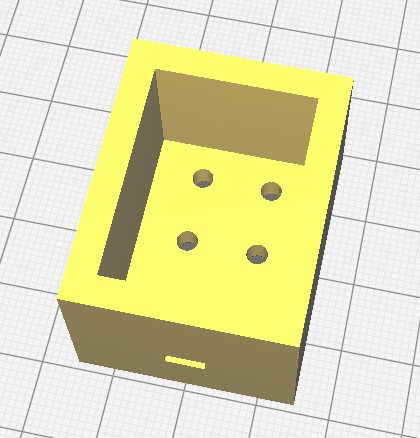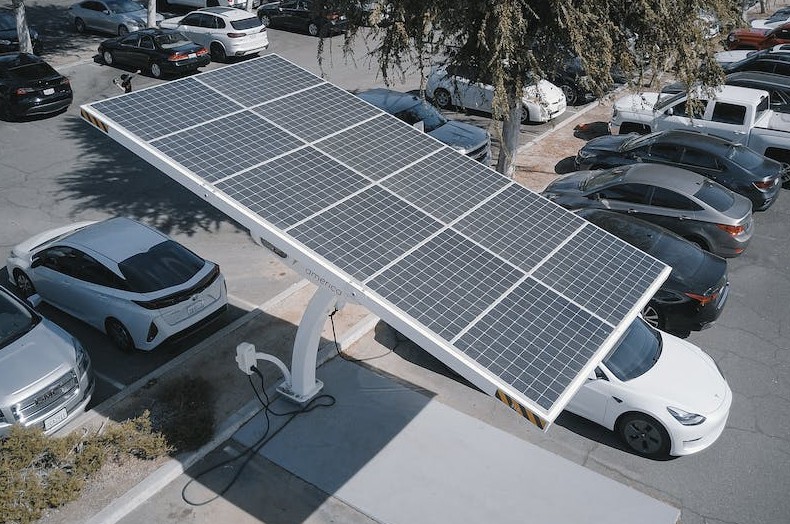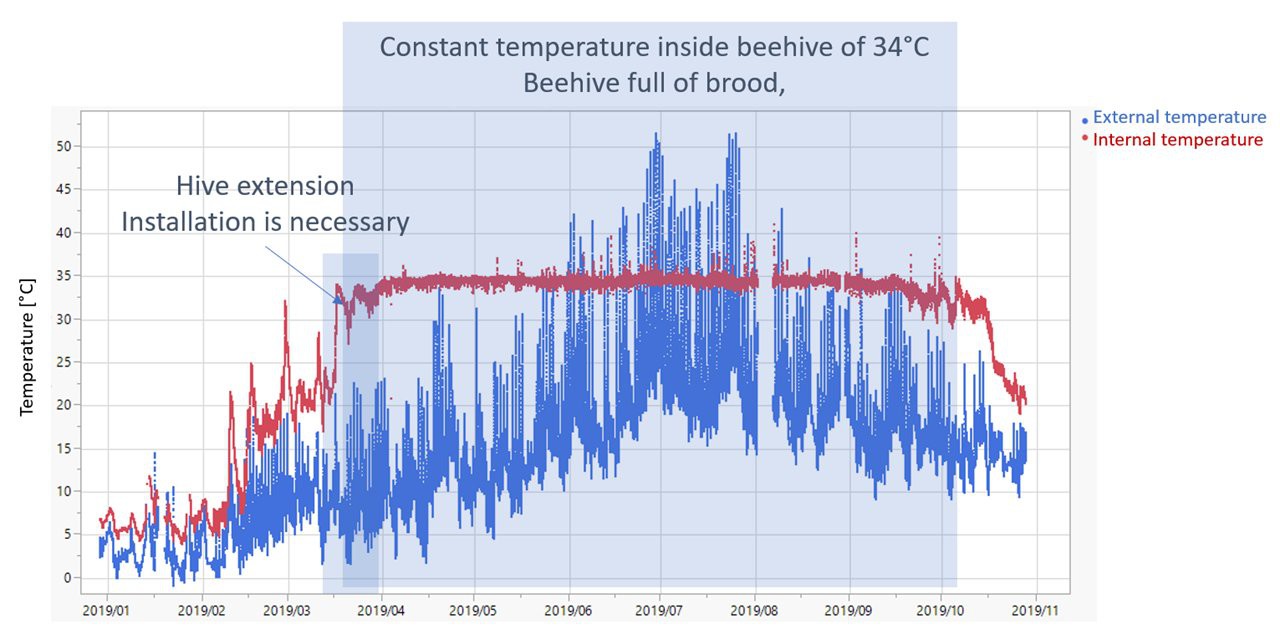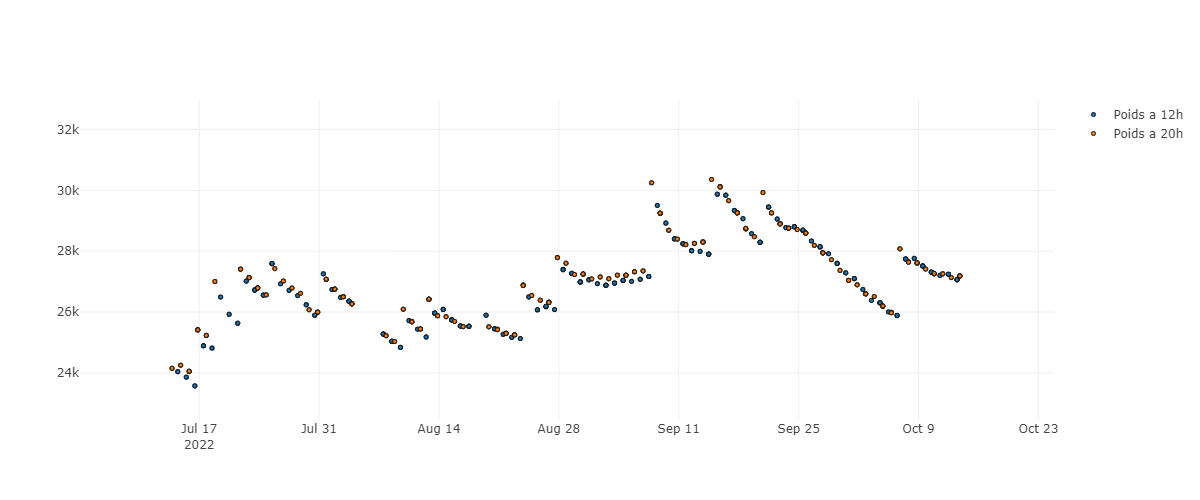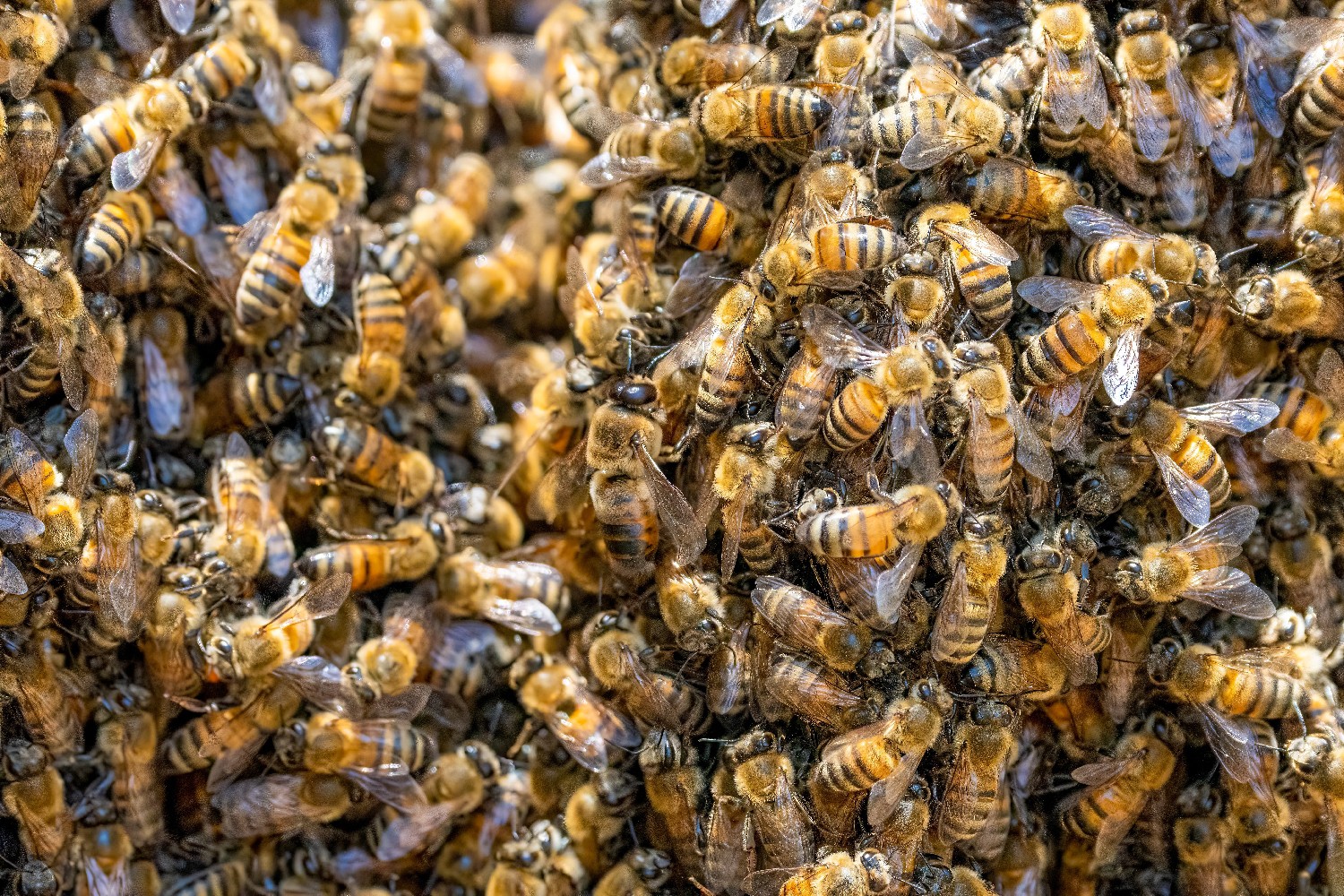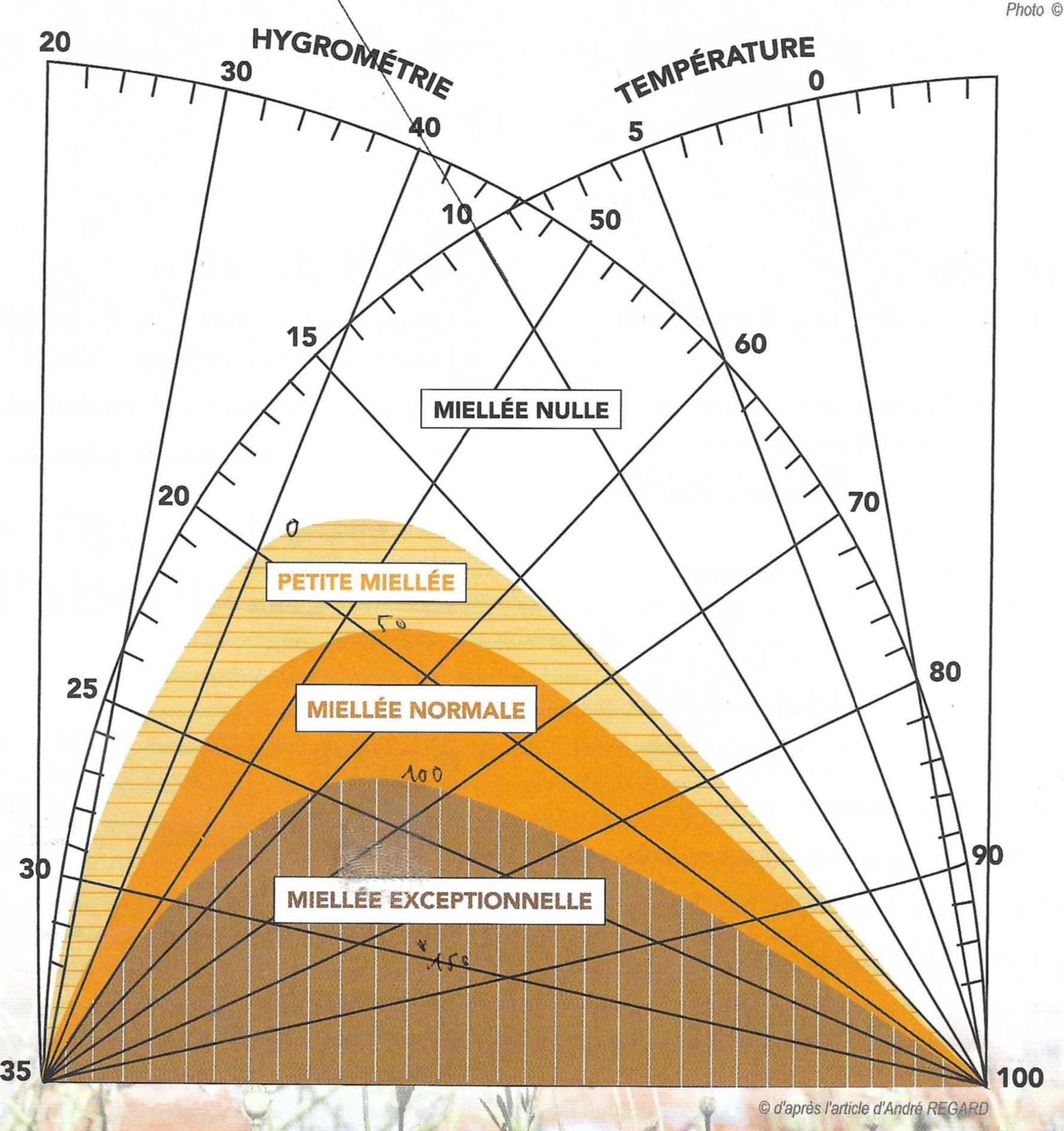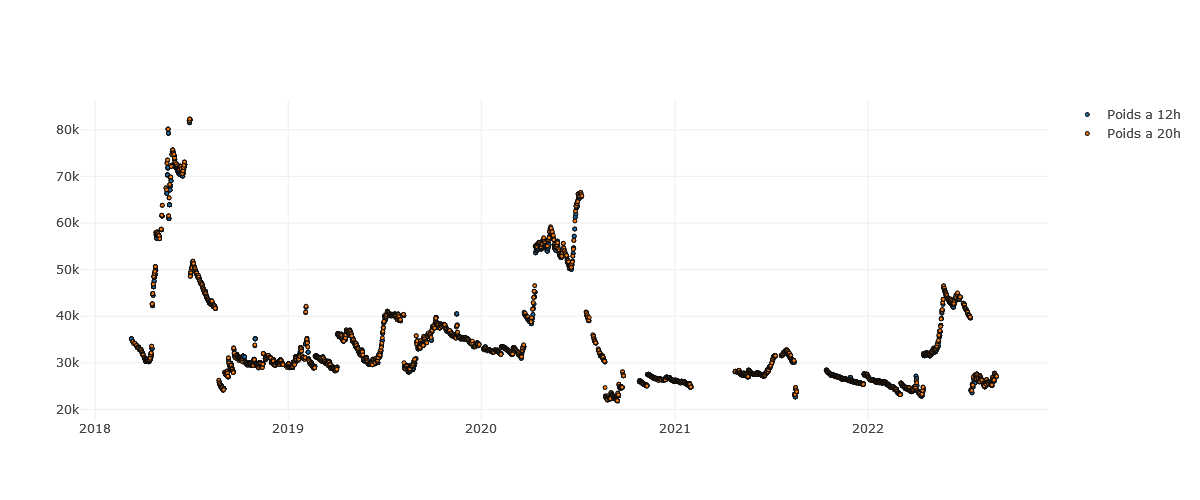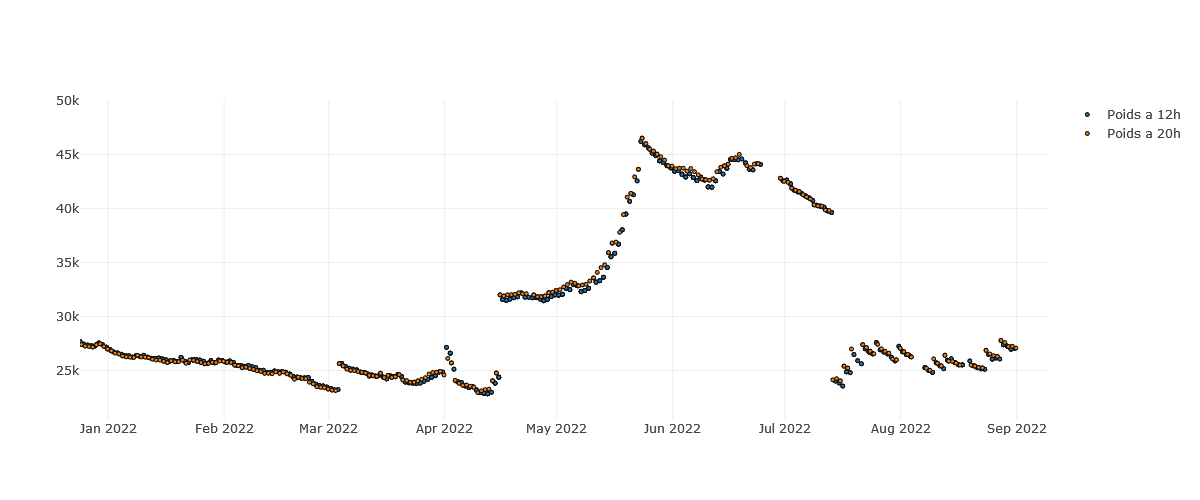-
Offline or Online analysis
10/16/2022 at 09:24 • 0 commentsThe analysis can be improved because we now have a huge amount of data and new methods like machine learning,...
If we combine this data with climate information, it may be possible to help beekeepers work with the changing climate.
For example:
- Feeding the bees can be adapted to the weather conditions.
- Honey harvesting from the hive extension can be carried out exactly at the right time.
-
Possible improvements
10/15/2022 at 19:28 • 0 commentsAmong possible improvements:
- GPS position of beehive,
Because you will get two advantages: The prevention of theft and the coordination with other climate measures or other beekeepers.
- Sun light
Verifying or confirming the influence of the sun on bee activity can also be useful in adjusting the sampling rate of data acquisition to the activity of the sun (e.g., if it is raining and there is no sun at all for the entire day, we know that the bees will be inside the hive and no harvesting will occur, so a minimum sampling rate will be applied).
- Rain
Same ideas as for sun.
- Wind measurements
Check, confirm and determin the wind influence on bee activities.
-
Alternative communication devices
10/15/2022 at 19:15 • 0 commentsThe communication options are as follows:
- Local only
The data are saved on a SD card (for example) and the analysis is only done offline by removing the SD card.
- Sigfox
The data are sent via the Sigfox network, the analysis is possible online.
The disadvantage is that the data size is very limited by the payload.
- Wifi
The data are sent via the Wifi network, the analysis is possible online.
The disadvantage is that you need to be covered by a wifi network, which is not always possible if the hive is far from your home.
- GSM
The data are sent via the GSM network, the coverage is good. The analysis is possible online.
The disadvantage is that extra costs are applied for data management. The size of the data is also limited.
- RF433MHz
The data are sent via RF signals. The disadvantage is that you have to install a receiver in the same area and the analysis is not done online..
-
3D printed casing
10/15/2022 at 19:15 • 0 commentsSensors inside beehive are subject to bee actions and in particular to propolis.
Propolis is a resin-like material made by bees from poplar and conifer buds and more generally from tree resin.
Hence, sensors must be protected, this is why a sensor protection device can be 3D printed. It can be very simple just like a box.
![]()
-
Battery life
10/15/2022 at 19:15 • 0 commentsBattery life is important for this type of project.
Because autonomy is a key parameter.
One option may be to install an additional device for charging the LiPo batteries with solar panels.
![]()
-
Temperature and Humidity
10/15/2022 at 19:14 • 0 commentsTemperature monitoring inside beehive is very instructive.
![]()
This can help you decide when to install your hive extension, as illustrated above.
Measuring the humidity inside the hive extension can also be a tool to decide if the honey is dry enough.
-
Winter feeding
10/15/2022 at 19:14 • 0 commentsFeeding the hives is essential, especially in winter, and even more so if natural food sources or weather are particularly difficult.
Bees do not usually need to be fed year-round. But you can give the hives a boost when their natural food sources are not available, especially in early spring.
The objective of the beekeeper can be to keep a minimum and constant weight during all winter.
![]()
-
Swarming detection
10/15/2022 at 19:14 • 0 commentsSwarming is the way the colony reproduces.
Each hive can therefore be induced to swarm.
Controlling this mechanism is not totally possible, so beekeepers use certain techniques to ensure better production. But in the end, it is nature that decides what happens next, without informing the beekeeper!
The good news is that it is possible to tell immediately if a colony has swarmed. Because a swarm that leaves the hive has about 10 000 bees and weighs about 1kg.
This is easily detectable by our tool.
This measurement provides real time information for the beekeeper who can act according to the situation (for example by recovering the swarm).![]()
-
Calculation of honeyflow
10/15/2022 at 19:13 • 0 commentsIn 1961, André REGARD, published a pedagogical tool which allows to measure the amplitude of a honeyflow from the measurements made on the temperature and hygrometry, also influenced by the wind.
Of course, other parameters come into play, such as the nature of the soil and the varieties of flowers.
Below the corrsponding graphic.
![]()
-
Weight evolution with time (years)
09/01/2022 at 08:05 • 0 commentsThe following graph show the weight evolution since 2018.
![]()
One can see the impact of good and bad years on weight evolution and thus on honey harvesting.
Especially this year 2022 which is (at least in France) very complicated.
![]()
Main notes are:
- a high weight loss during winter
- a rapid grow in May 2022 (due to favorable weather)
- a stop in harvesting in end of May and a constantly decrease of weight during summer.
- a precoce beehive feeding starting mid July (which is exceptionally early !)
Beehive Monitoring and Tracking
Add and monitor sensors in a beehive to follow bees life.
